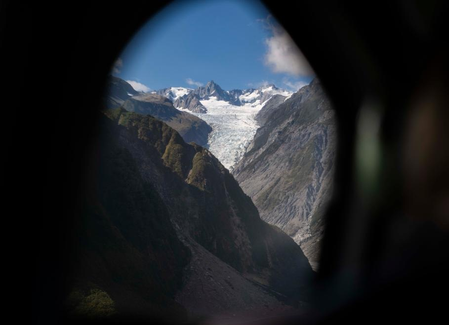
Canberra, Aug 7 (IANS) New research led by Australian scientists shows small earthquakes in New Zealand’s central Southern Alps are more frequent in spring and summer due to underground water changes from glacier melt and rainfall.
These microearthquakes, usually too weak to be felt, increase in frequency as meltwater from glaciers and seasonal snow infiltrates the “highly fragmented” mountain bedrock, raising groundwater levels and fluid pressure in the Earth’s upper crust, according to a statement released Thursday by the Australian National University (ANU).
“Our findings highlight the role of extreme rainfall and glacier dynamics in triggering shallow earthquakes and could provide scientists with a better understanding of the potential drivers of seismic activity in other alpine regions around the world,” said ANU’s Konstantinos Michailos, the study’s lead author.
The study focused on New Zealand’s central Southern Alps, a tectonically active area adjacent to the Alpine Fault, the South Island’s main seismic hazard, Xinhua news agency reported.
It found that shallow earthquakes occurring at depths between 3 to 6 kilometres were most common after heavy rainfall, particularly near the terminals of glaciers such as the Murchison Glacier in New Zealand’s South Island.
ANU researchers, working with teams from New Zealand and Switzerland, found that many earthquakes occurred within hours or a day after heavy rainfall, a pattern also seen in regions like the European Alps.
Climate change has caused the central Southern Alps’ glaciers to shrink in recent decades, and this glacial loss, along with seasonal snow changes, can shift crustal stress beyond tectonic forces alone, according to the findings detailed in the journal Geochemistry, Geophysics, Geosystems, published by the American Geophysical Union.
Researchers analysed over 8,000 microearthquakes recorded between 2009 and 2020 using an array of seismometers, focusing on the Murchison, Tasman, Franz Josef, and Fox glaciers
The team will install additional seismometres, rainfall gauges, and temperature sensors in October to complement existing equipment and improve monitoring of earthquakes and other natural hazards like landslides, avalanches, and rockfalls.
–IANS
int/bpd/as




